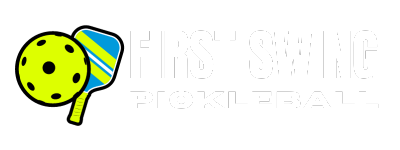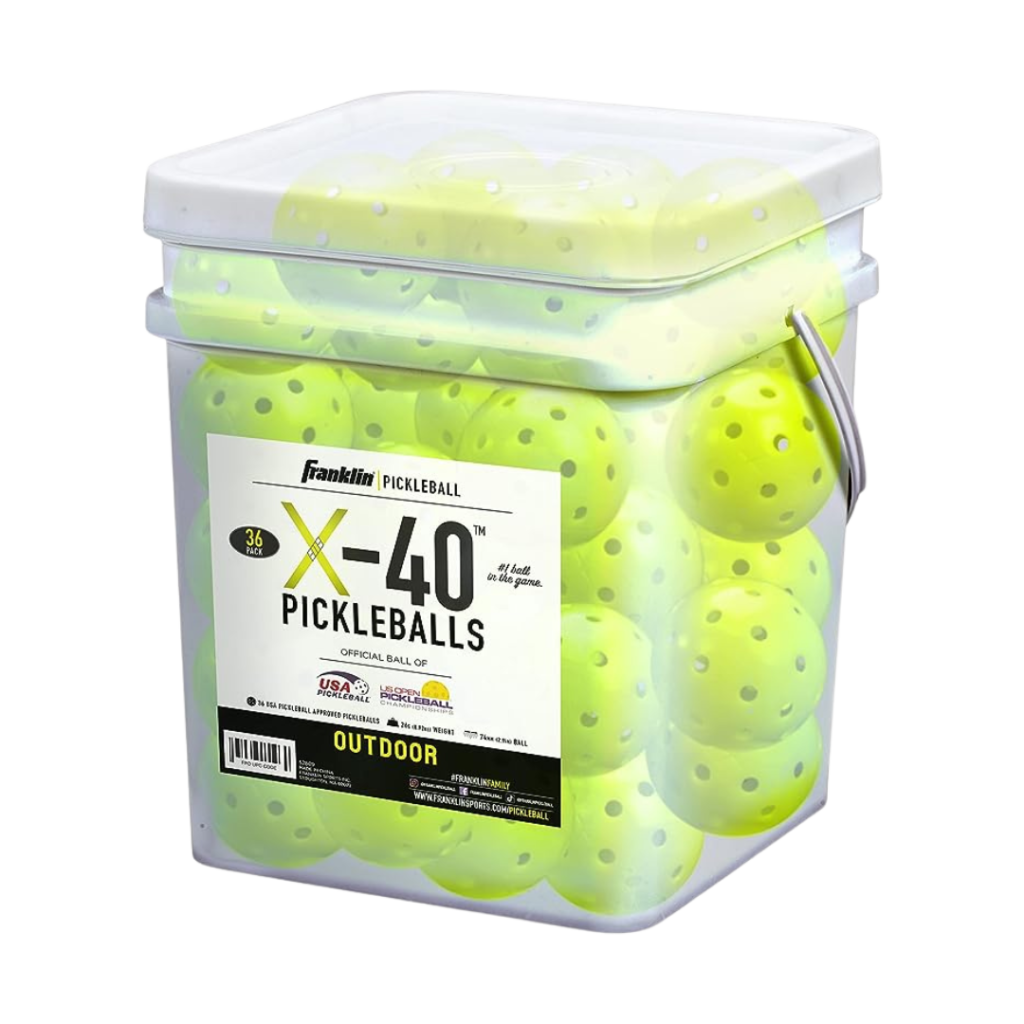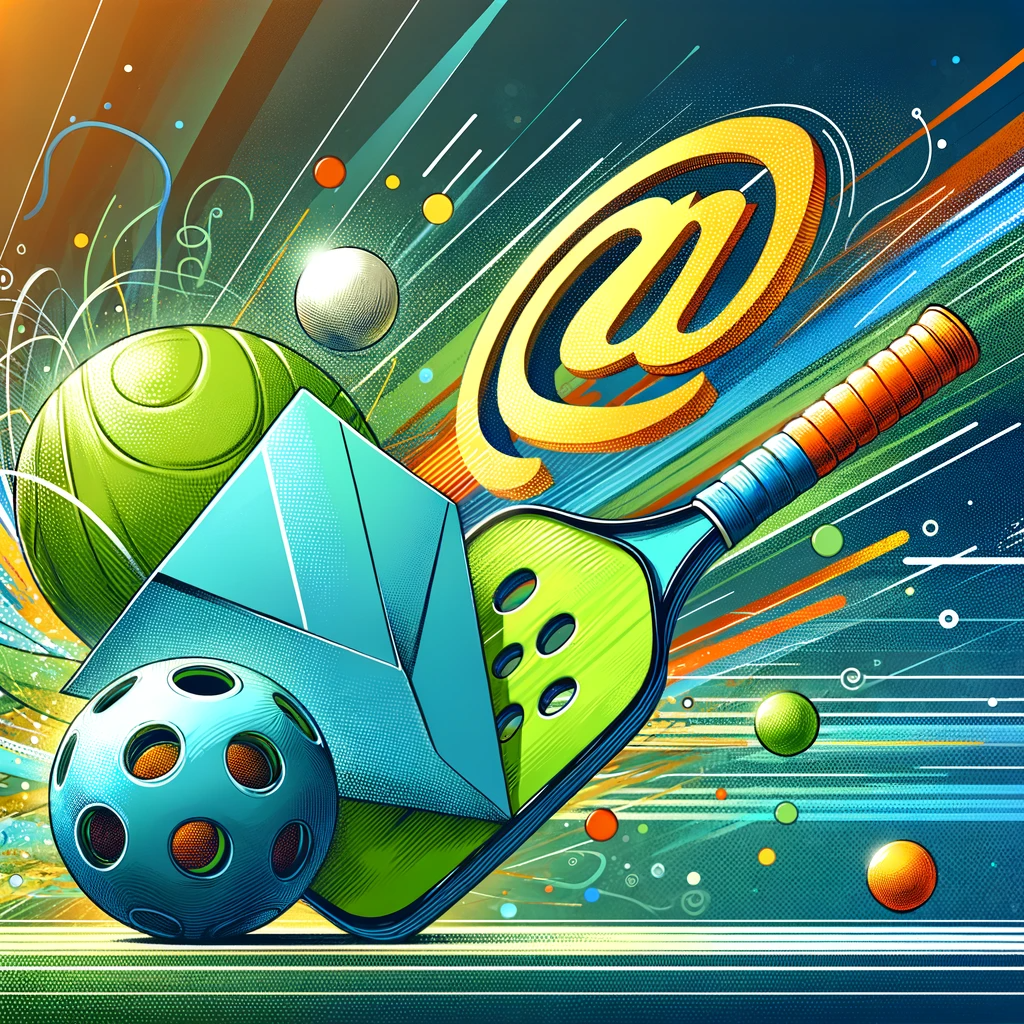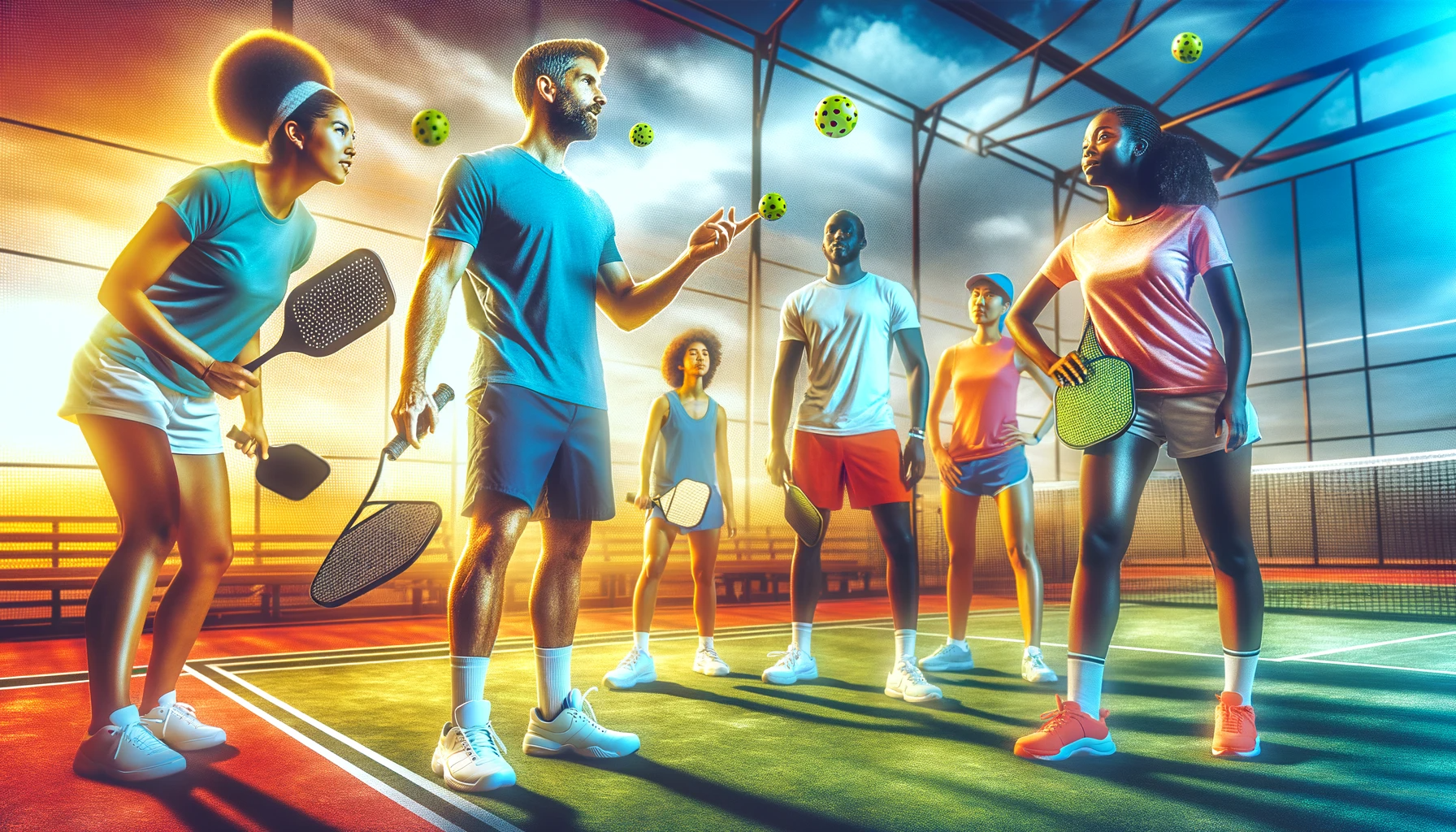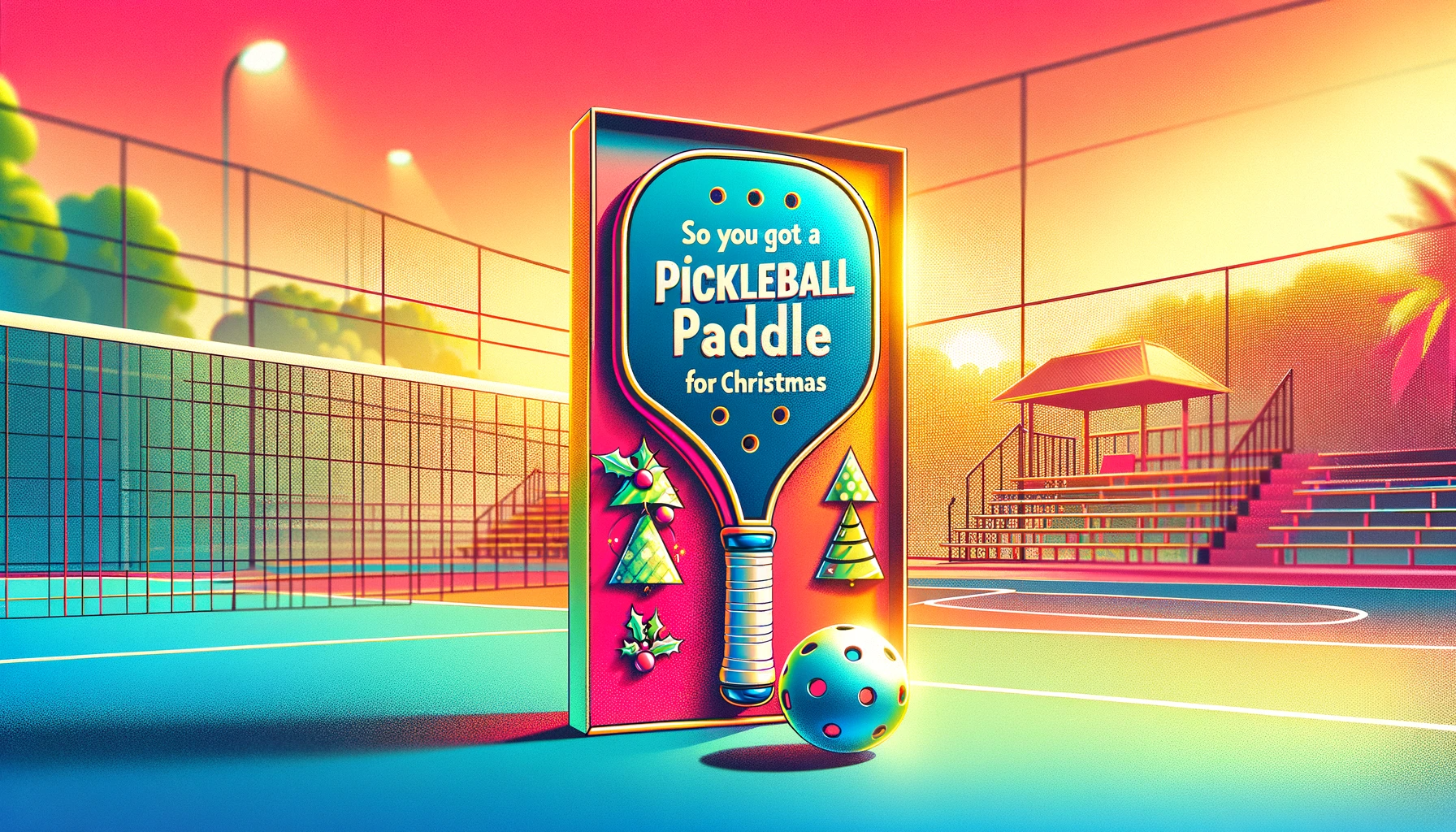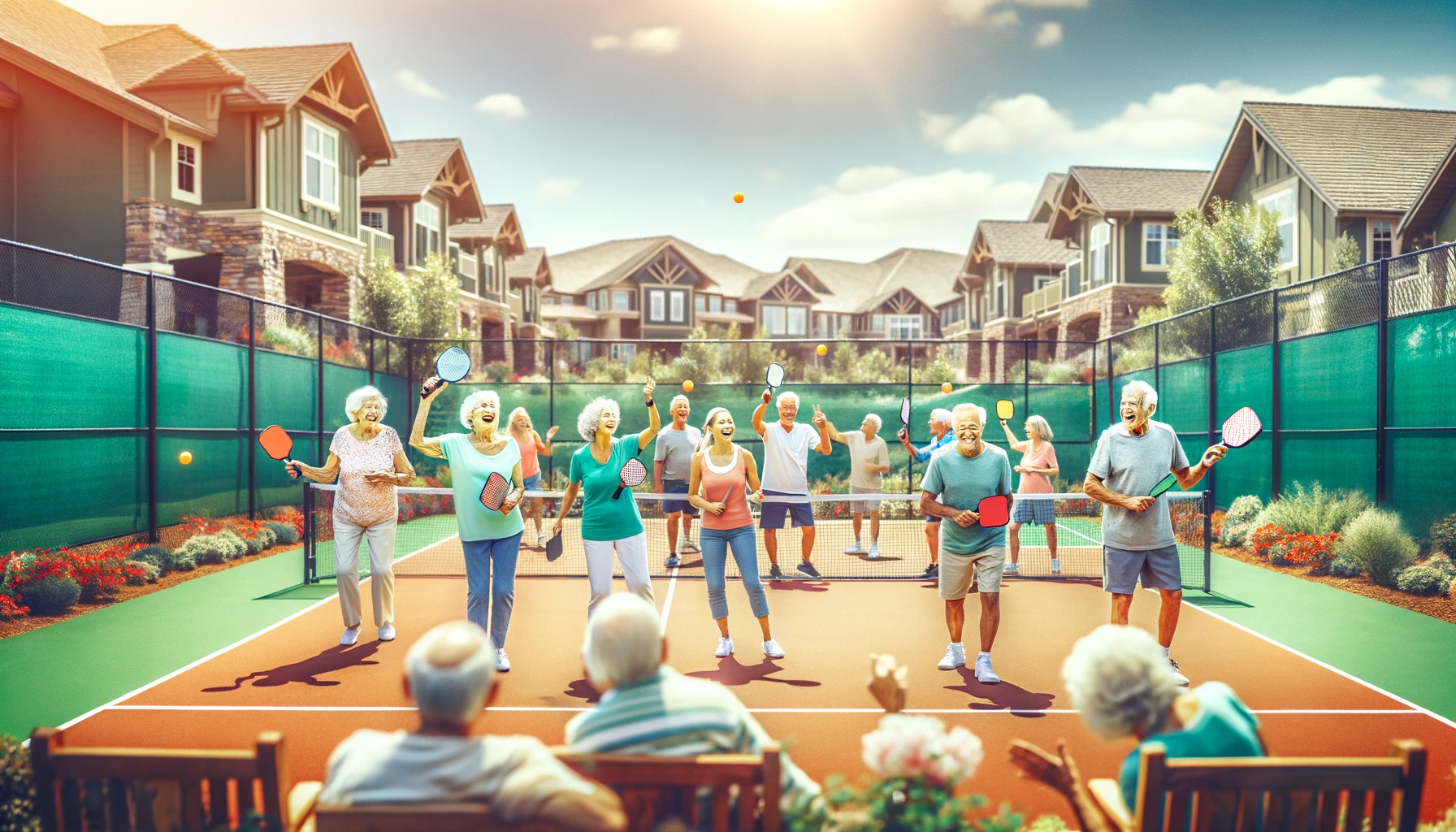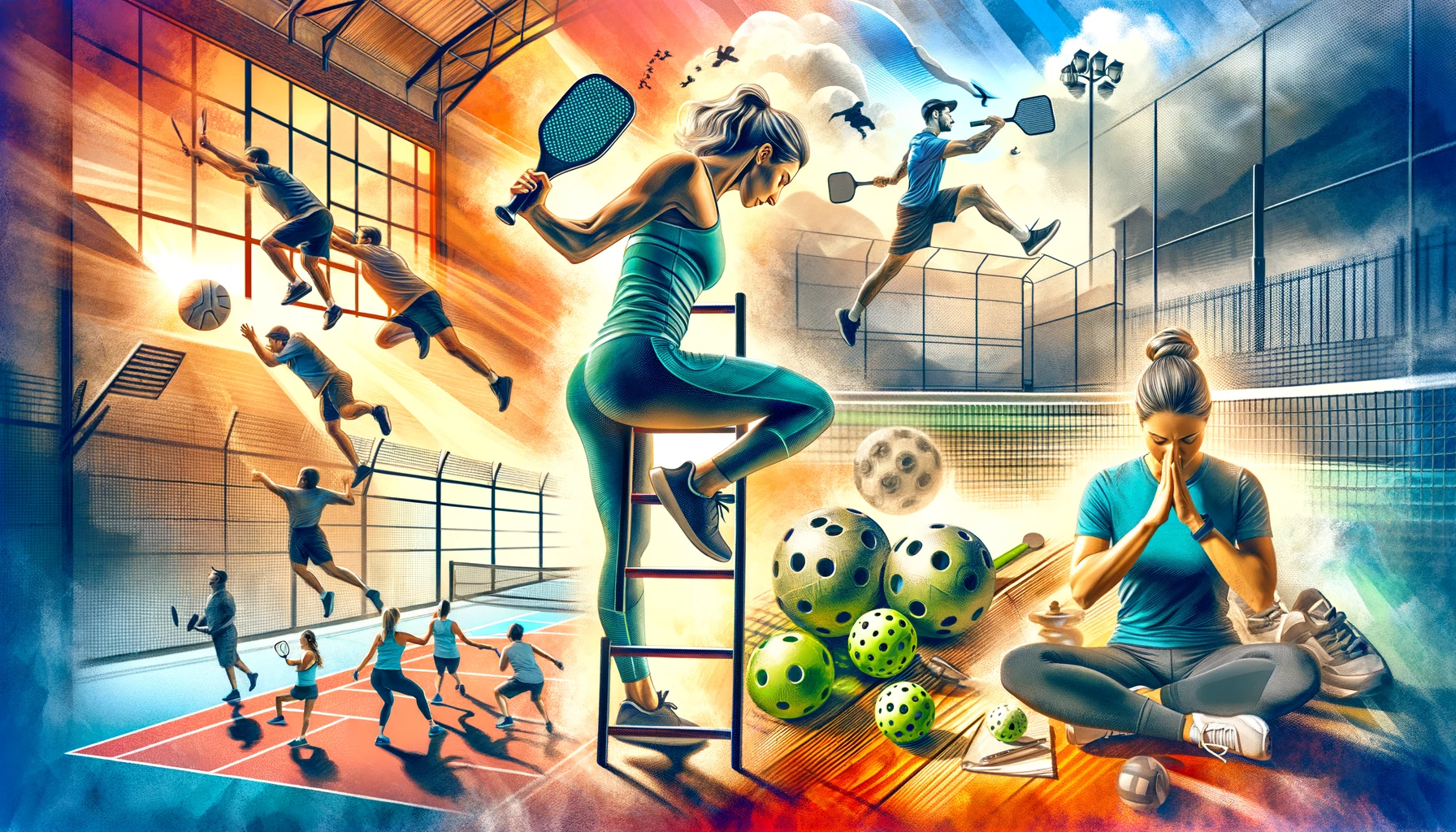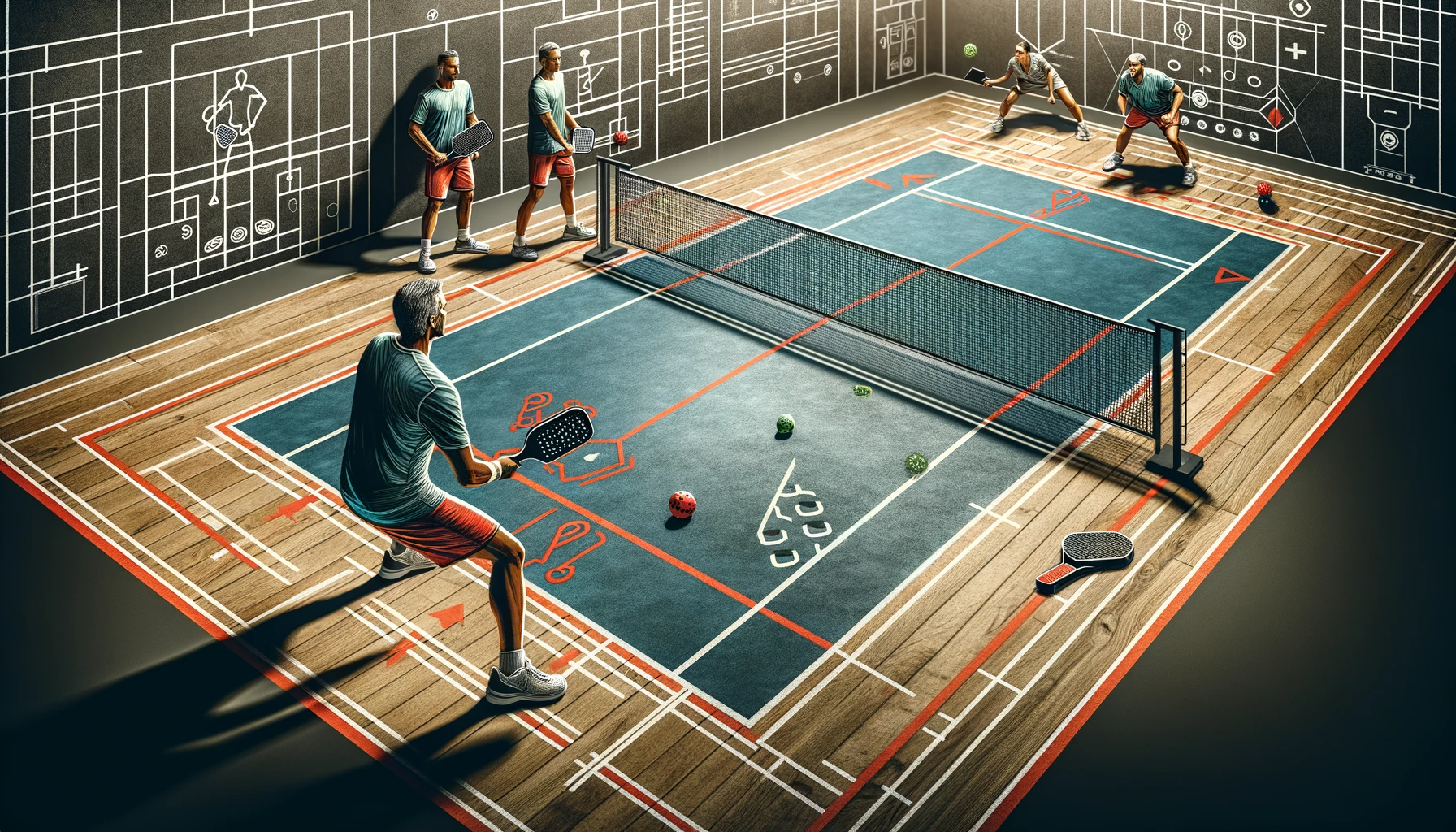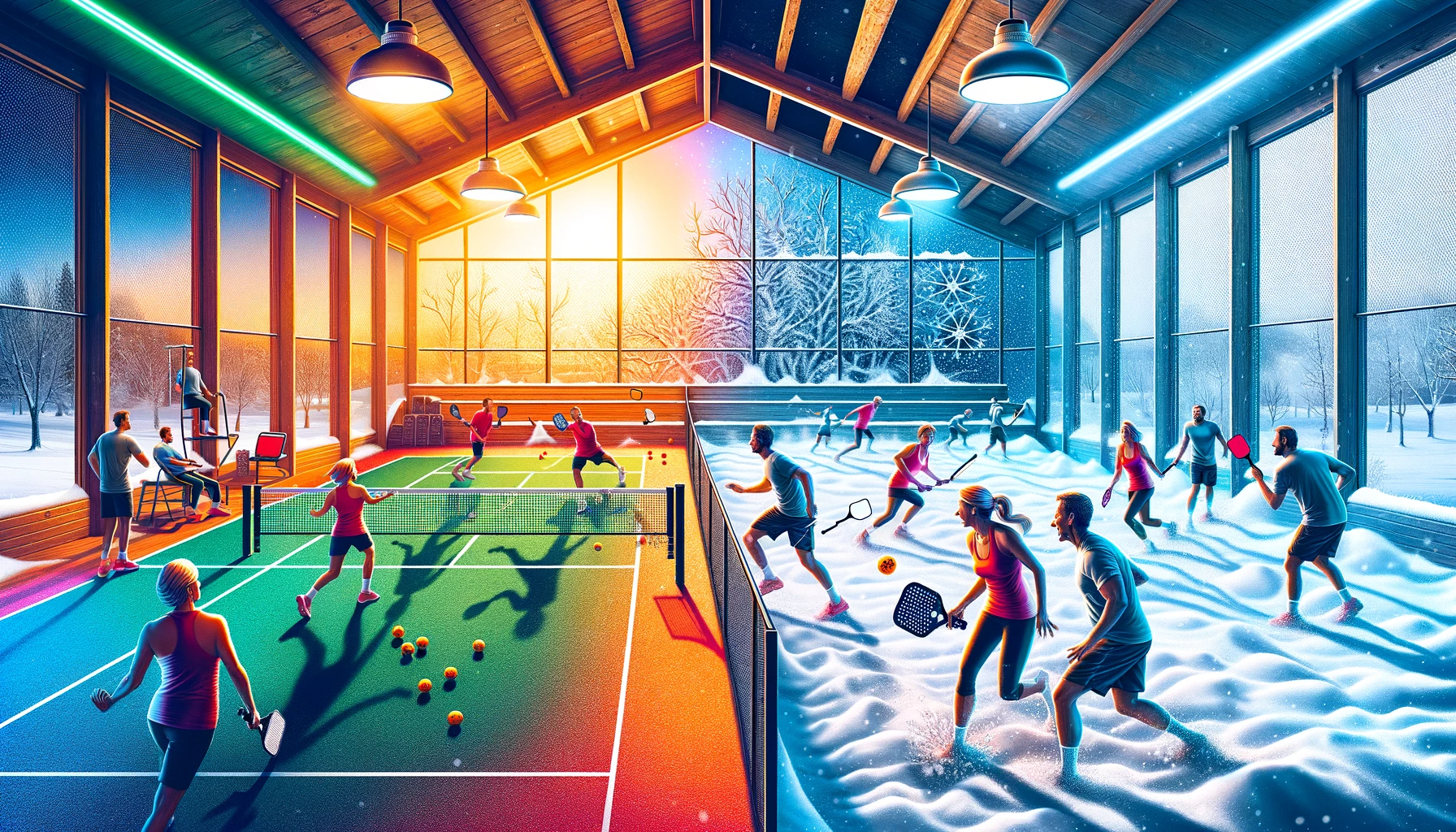
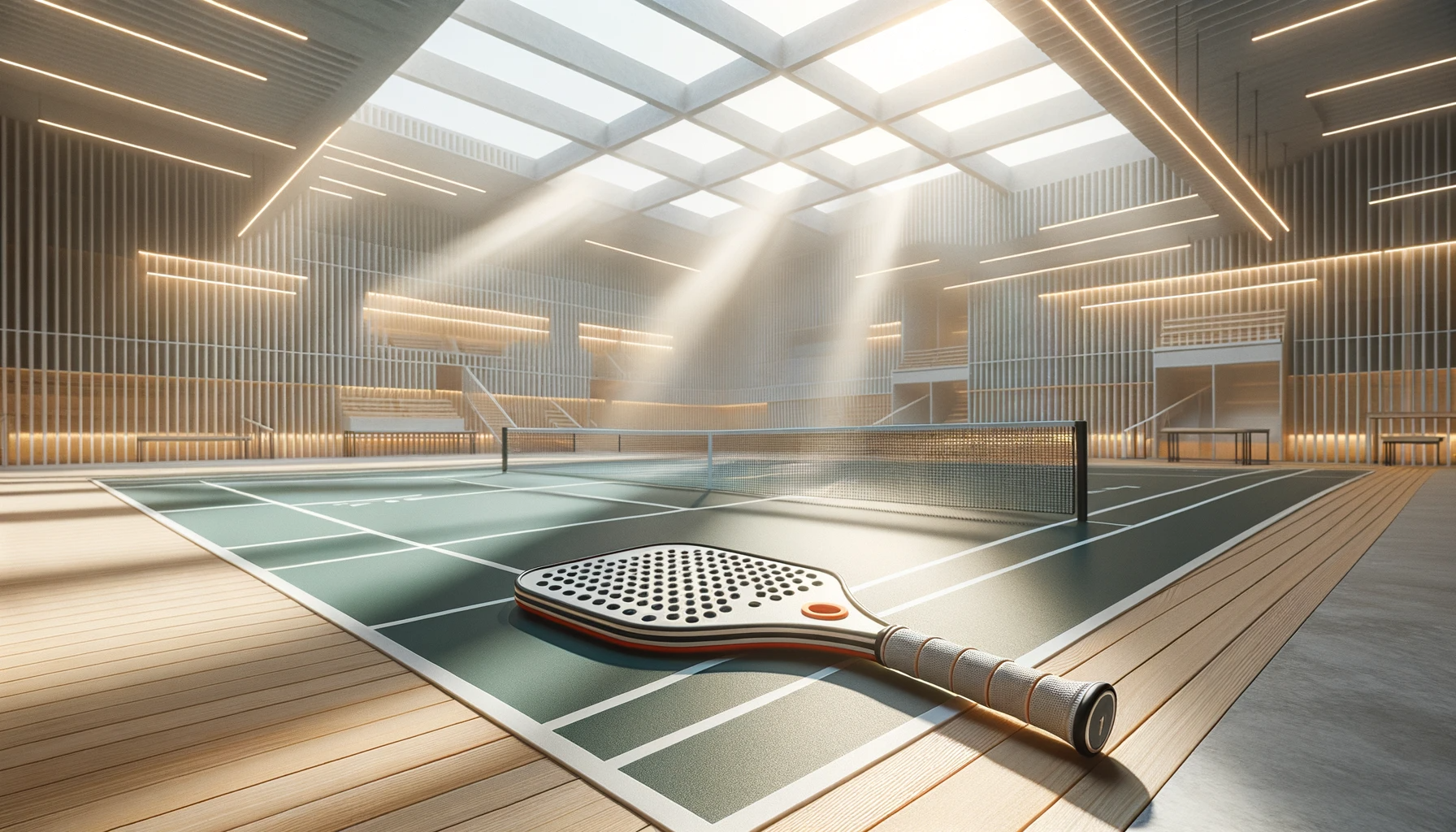
Home > Pickleball 101 > Choosing the Best Pickleball Paddle for Your Play Style
Choosing the Best Pickleball Paddle for Your Play Style
Pickleball, a racquet sport that ingeniously combines elements of badminton, tennis, and table tennis, has seen a meteoric rise in popularity over the past few decades. What started as a backyard pastime in 1965 on Bainbridge Island, Washington, has evolved into a global phenomenon, boasting millions of enthusiasts and professional players. The sport's appeal lies in its accessibility and adaptability, catering to players of all age groups and skill levels.
The significance of selecting the right paddle
Choosing the appropriate paddle is not just about aesthetics or brand loyalty; it's a pivotal decision that can significantly impact your game. A paddle that aligns with your play style can enhance your strengths, compensate for weaknesses, and generally elevate your performance on the court. As pickleball continues to grow, so does the variety and sophistication of paddles available in the market. This article aims to guide you through this plethora of choices, ensuring you find the perfect match for your unique play style.
Understanding the Basics of Pickleball Paddles
Core materials and surface types
At its core (pun intended), a pickleball paddle is a composite of various materials designed for specific gameplay outcomes. The core, often made from materials like polymer, aluminum, or Nomex, dictates the paddle's overall feel and performance. For instance, polymer cores offer durability and are ideal for softer play, while Nomex cores are stiffer, providing a faster response. The surface of the paddle, usually composed of graphite or composite materials, further influences the ball's spin and the paddle's responsiveness.
Light vs. Medium vs. Heavy paddles
Paddle weight plays a crucial role in determining maneuverability, power, and control. Light paddles, typically weighing between 6 to 7.5 ounces, are easy to maneuver and are perfect for those who prioritize swift gameplay. Medium-weight paddles, falling in the 7.6 to 8.5 ounces range, strike a balance between power and control. They are often the go-to choice for players still defining their style. Heavy paddles, weighing over 8.5 ounces, are for players who prefer power shots and have the strength to handle the added weight without compromising on speed.
Assessing Your Play Style
The power player: Prioritizing strength and drive
If your strategy revolves around overpowering your opponent with strong, aggressive shots, you fall into the 'power player' category. These players often opt for heavier paddles that add an extra punch to their smashes. The downside? It might take a toll on maneuverability and quick responses. However, with the right technique and practice, power players can effectively harness the heft of their paddle to dominate the court.
The control enthusiast: Precision and placement
Control enthusiasts are the maestros of the pickleball court, skillfully placing the ball with pinpoint accuracy. They thrive on strategy, using calculated shots to outwit their opponents rather than relying on sheer force. Light to medium-weight paddles are generally preferred by these players, as they offer better maneuverability and touch, allowing for delicate dinks and precise placements.
The balanced player: Merging power and control
Can't box yourself into the power or control category? You might be a balanced player, adept at switching between forceful smashes and strategic placements as the game demands. Balanced players often gravitate towards medium-weight paddles, which offer the versatility to shift between aggressive and tactical gameplay seamlessly.
Having a deep understanding of your play style is paramount when venturing into the world of pickleball paddles. As we delve deeper into this guide, we'll match these styles with the perfect paddles, ensuring you're armed with the best equipment to master the court.
Matching Paddle Features to Your Play Style
Paddle weight: How it influences your game
The weight of your paddle is more than just a number; it's a determinant of how the paddle feels in your hand and how it reacts during play.
Light paddles: Benefits and best uses
Light paddles, with their reduced weight, are the epitome of agility and finesse. They allow for quick wrist action, making them ideal for net play and rapid volley exchanges. Control enthusiasts often favor them, as they facilitate delicate shots and accurate placements.
Medium paddles: Versatility on the court
Striking the perfect balance between weight and performance, medium paddles are the jack-of-all-trades in the pickleball world. They offer a harmonious blend of power and control, suitable for players who adopt a more versatile approach to the game. For those unsure of their dominant play style, a medium paddle serves as a safe and adaptable choice.
Heavy paddles: When and why to choose them
The added weight in heavy paddles translates to increased momentum behind each shot. This makes them the weapon of choice for power players looking to deliver forceful smashes. However, the weight can be a double-edged sword, potentially slowing down reaction times. It's essential to ensure you have the strength and stamina to wield a heavy paddle effectively throughout a match.
Paddle surface: Texture, spin, and responsiveness
The paddle's surface material and texture play a pivotal role in ball control, spin, and overall shot quality. Graphite surfaces, being smooth and responsive, are excellent for players prioritizing control. In contrast, composite surfaces, with their slight texture, can impart more spin on the ball, adding an element of unpredictability to shots.
Grip size and handle length: Ensuring comfort and control
An often overlooked but crucial aspect of paddle selection is the grip size and handle length. A grip that's too large or too small can lead to wrist strain and decreased shot accuracy. It's vital to choose a grip that feels natural and comfortable in your hand. Similarly, handle length can influence the balance and maneuverability of the paddle. Longer handles are favored by players seeking extra reach, while shorter handles offer better wrist action and control.
Impact of Core Materials on Performance
Polymer cores: Durability and soft play
Polymer cores are the most recent innovation in pickleball paddle technology. They are known for their durability and ability to withstand intense play. The softness of the polymer core lends itself to a quieter playing experience, reducing the 'pop' sound upon ball impact. This makes them an ideal choice for communities with noise restrictions.
Aluminum cores: Lightweight and powerful
Aluminum core paddles are a blend of lightness and strength. They offer a solid feel without adding unnecessary weight, making them perfect for players seeking a balance between power and maneuverability. Their inherent rigidity can amplify the force behind shots, giving an edge to players looking to add power to their game.
Nomex cores: Stiffness and speed
Nomex, a honeycomb-patterned material, is known for its stiffness and rapid response. Paddles with Nomex cores tend to be louder but offer a faster ball rebound, making them a favorite among aggressive players. Their rigidity ensures minimal energy loss, ensuring that each shot is delivered with maximum force.
Navigating Brands and Price Points
Established brands vs. emerging names
The pickleball industry has seen a surge in brands offering a myriad of paddle options. While established brands come with a legacy of trust and proven performance, emerging names often bring innovative designs and features to the table. It's essential to research and perhaps even test paddles from both categories to find one that aligns with your needs.
Budget-friendly options without compromising quality
A higher price tag doesn't always equate to superior performance. Many budget-friendly paddles deliver exceptional quality and gameplay benefits. When shopping on a budget, prioritize essential features like weight, core material, and grip size, ensuring they match your play style.
Investing in premium paddles: Are they worth it?
Premium paddles, often endorsed by professional players, come with advanced materials, ergonomic designs, and enhanced durability. If you're a seasoned player or looking to seriously invest in your pickleball journey, considering a premium paddle might be worth the investment. They often offer nuanced advantages that can refine and elevate your gameplay.
Selecting the right pickleball paddle is a blend of understanding one's play style, being informed about materials and features, and aligning these with personal preferences and budget. As we venture further, we'll delve into other essential considerations to ensure you're fully equipped to make an informed decision.
Other Considerations in Paddle Selection
Weather conditions and outdoor play
Playing outdoors introduces a new set of challenges, primarily due to varying weather conditions. Wind, humidity, and temperature can all impact the game. Some paddles, especially those with textured surfaces, offer better grip in humid conditions. Similarly, heavier paddles can be advantageous on windy days, ensuring the wind doesn't overly influence the paddle's movement.
Sound restrictions in community courts
Many residential communities and public courts have sound restrictions to minimize disturbances. If you play in such an environment, it's essential to consider the paddle's noise level. Paddles with polymer cores are known for their quieter impact sound, making them a popular choice for noise-sensitive areas.
Paddle aesthetics: Color, design, and personalization
While performance is paramount, there's no harm in wanting a paddle that resonates with your personal style. Many brands offer a range of designs, colors, and even customization options. Whether you prefer a sleek, minimalistic look or a vibrant, eye-catching design, there's likely a paddle out there that matches your aesthetic preferences.
Care and Maintenance of Your Paddle
Cleaning and storage best practices
To ensure the longevity of your paddle, regular cleaning is crucial. Using a mild soap solution and a soft cloth can effectively remove dirt and sweat residues. It's also essential to store your paddle in a cool, dry place, away from direct sunlight, to prevent warping and material degradation.
Addressing wear and tear
Over time, paddles undergo wear and tear, especially around the edges and on the hitting surface. Regularly inspect your paddle for any dents, cracks, or delamination. While minor issues can be addressed with edge guards or grip replacements, significant damage might necessitate a new paddle.
When to consider replacing your paddle
No paddle lasts forever. If you notice a decline in performance, inconsistent ball bounce, or feel discomfort while playing, it might be time to consider a replacement. Remember, a paddle in good condition not only enhances your game but also reduces the risk of injuries.
Summary
Key takeaways and decision-making insights
Choosing the perfect pickleball paddle is a blend of art and science. It involves understanding your play style, being informed about the various materials and features, and aligning these insights with your personal preferences and budget. Whether you're a power player, control enthusiast, or somewhere in between, there's a paddle designed to complement and elevate your game.
Emphasizing the synergy between paddle and play style
At the heart of this guide is the belief that the right paddle can profoundly impact your performance. It's not just a tool but an extension of your arm, working in harmony with your strategy and skills. By making an informed choice, you set the stage for countless victorious matches and memorable moments on the court.
With these considerations in mind, you're now equipped to navigate the diverse world of pickleball paddles. Whether you're a novice or a seasoned pro, the perfect paddle awaits to be your trusted ally on the court.
Frequently Asked Questions (FAQs)
How often should I replace my pickleball paddle?
The lifespan of a pickleball paddle varies based on usage, play intensity, and paddle quality. On average, a regularly used paddle can last anywhere from 1 to 5 years. It's essential to monitor the paddle's performance and physical condition. If you notice a decline in play quality or visible signs of wear and tear, it might be time for a replacement.
Can I modify or customize a store-bought paddle?
Yes, many players customize their paddles to better suit their preferences. Common modifications include changing the grip size, adding edge guards, or applying new surface tapes for enhanced grip. However, it's crucial to ensure that any modifications don't violate official pickleball regulations, especially if you participate in tournaments.
What are the official regulations regarding paddle specifications?
The USA Pickleball Association (USAPA) and the International Federation of Pickleball (IFP) have set specific guidelines for paddle size, weight, and material. For instance, a paddle's maximum dimensions cannot exceed 24 inches in total (including length and width), and there are no specific weight restrictions. It's always a good idea to check the latest regulations if you're considering competitive play.
How do I know if a paddle's grip size is right for me?
A suitable grip size allows you to comfortably hold the paddle without straining your wrist or hand. A simple test is the "finger test." When gripping the paddle handle, there should be a finger's width of space between your fingers and the base of your thumb. If the gap is larger, the grip might be too small; if your fingers overlap with the base of your thumb, the grip could be too large.
Does the color of the paddle impact its performance?
No, the color of the paddle is purely aesthetic and does not influence its performance. However, some players believe that brighter colors can be a distraction for opponents, especially during serves. It's all about personal preference and what makes you feel confident on the court.
Armed with this comprehensive guide and answers to frequently asked questions, you're well on your way to making an informed decision. Remember, the perfect paddle not only complements your play style but also boosts your confidence, setting you up for success in every match. Happy playing!
